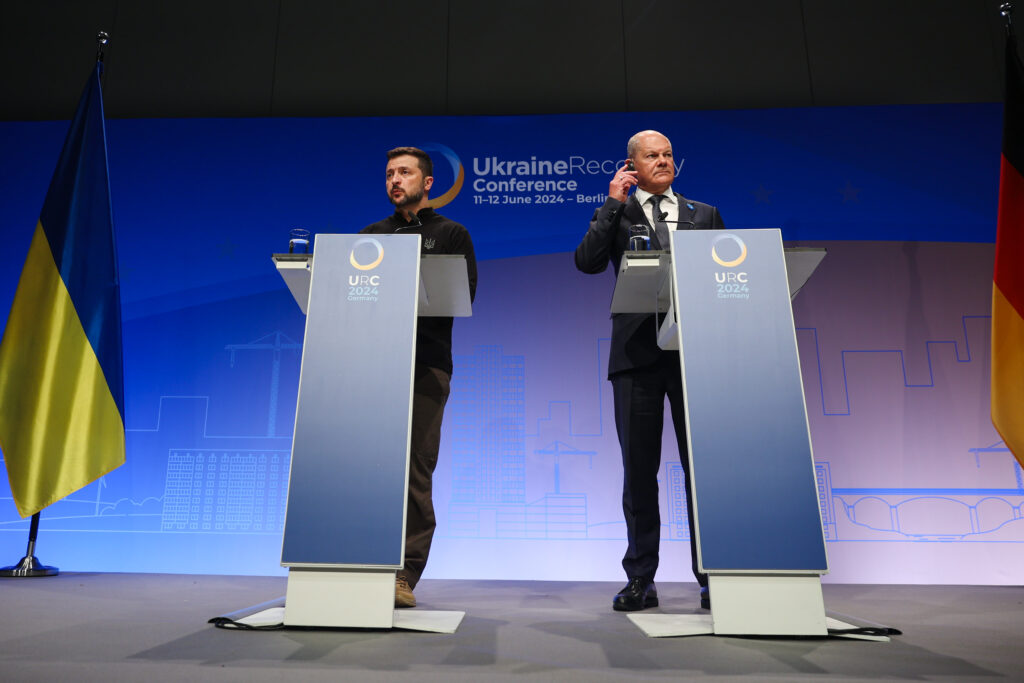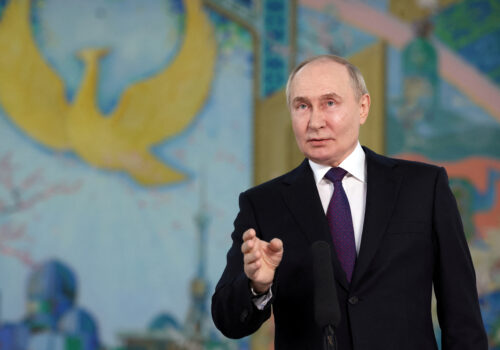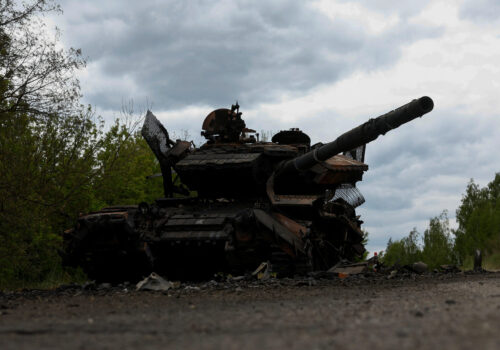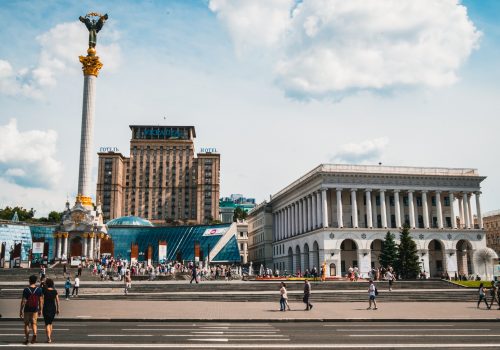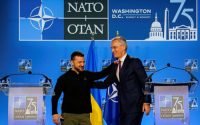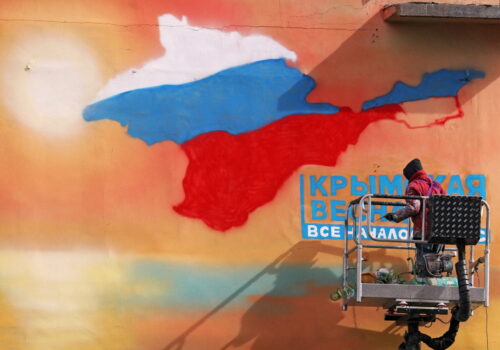
Ukraine’s recovery cannot begin without enhanced air defenses
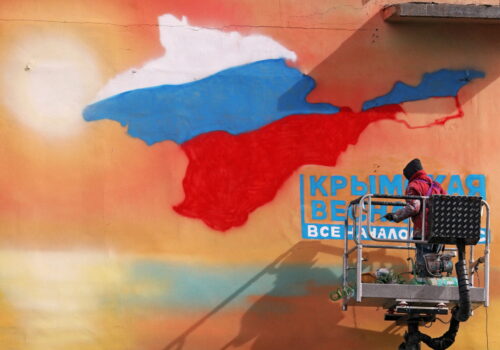
“United in defense, united in recovery, stronger together,” was a key slogan at the 2024 Ukraine Recovery Conference (URC) held in Berlin on June 11-12. It is an apt summation of Ukraine’s aspirations as it copes with the unprecedented destruction of approximately half of the country’s electric power and district heating capacity by targeted Russian missile attacks.
Without adequate air defenses it is futile to build new fixed capacity; without adequate power and heating, the prospects for Ukraine’s economic recovery are gloomy. While severe already, this problem will become critical in the coming winter months.
From Ukrainian President Volodymyr Zelenskyy, who spoke at the opening session, to Ihor Terekhov, mayor of the beleaguered front line city of Kharkiv, the message was driven home: Air defense and electric power are inextricably intertwined, and both are desperately needed.
Ukraine’s partners appear to recognize the urgency of the situation. German Chancellor Olaf Sholz used the conference to announce that Germany will provide Ukraine with additional IRIS-T and Gepard air defense batteries. Italy confirmed plans to deliver another SAMP/T anti-missile battery. Just hours after the conference, Washington announced that it will be sending another Patriot anti-missile system to Ukraine.
This was certainly welcome news for Kyiv. However, the breadth and intensity of Russia’s attacks will require many more such deliverables to provide some assurance of the survivability of any new or rebuilt power plants.
Stay updated
As the world watches the Russian invasion of Ukraine unfold, UkraineAlert delivers the best Atlantic Council expert insight and analysis on Ukraine twice a week directly to your inbox.
Another takeaway from the URC was the role of private sector investment in Ukraine’s recovery. Speaking at the conference, an IFC representative said the ratio of private sector investment to official funding for Ukraine’s reconstruction should be seven-to-one. As was acknowledged by many speakers, including US Special Representative for Ukraine Reconstruction Penny Pritzker, this will not be feasible without affordably priced political and war risk insurance, along with export credit guarantees backed by foreign governments.
Here, too, the message seems to have reached Western capitals. The US Development Finance Corporation (DFC) announced a $300 million expansion of political risk coverage on top of the more than $1 billion of coverage already extended both prior to and since the full-scale invasion. The European Investment Bank (EIB) announced a new $1 billion lending facility, while the EBRD unveiled a planned $700 million credit for Ukrenergo on top of a total loan portfolio of $4.2 billion, and the IFC confirmed a total of $1.4 billion invested in Ukraine since the invasion.
The export credit agencies of Denmark, Germany, Japan, and Poland all reported substantial coverage and very low default rates. Nevertheless, Rostislav Shurma, Energy Advisor to the President of Ukraine, cited continuing impediments to lending and insurance coverage. These include high pricing, short maturities, lending caps, and less than one hundred percent coverage.
Eurasia Center events

The Berlin conference addressed a wide range of additional topics related to the idea of Ukraine’s reconstruction. Representatives of local and regional governments, civil society, and the private sector were active participants in the many lively sessions. Attendance was more than 1500, with the plenary session standing room only for those who dawdled on the way in (this writer included).
The atmosphere in the breakout sessions was akin to a revival meeting, with frequent applause and eager participation from audience members. The photographs and displays lining the corridors dramatically illustrated the human tragedy of Russia’s brutal invasion, the resilience of the Ukrainian people, and their determined defense of their country.
Still, the question remains whether the measures announced in Berlin will be enough to launch a sustainable recovery. They are a good start, and show a steady increase since the 2022 and 2023 URC events, but significant challenges remain.
Many speakers referred to frozen Russian Central Bank reserves and other Russian assets, with Ukrainians urging Western governments to allow these funds to be used for Ukraine’s reconstruction. The $300 billion plus this represents would go a long way toward rebuilding much of Ukraine’s damaged and destroyed infrastructure. Unfortunately, there was no sign from Western government officials at the Berlin URC that their governments are quite ready to take that step. However, the issue remains very much on the agenda, with progress possible before the 2025 URC, to be hosted by Italy.
Edward Verona is a nonresident senior fellow at the Atlantic Council’s Eurasia Center covering Russia, Ukraine, and Eastern Europe, with a particular focus on Ukrainian reconstruction aid.
Further reading
The views expressed in UkraineAlert are solely those of the authors and do not necessarily reflect the views of the Atlantic Council, its staff, or its supporters.

The Eurasia Center’s mission is to enhance transatlantic cooperation in promoting stability, democratic values and prosperity in Eurasia, from Eastern Europe and Turkey in the West to the Caucasus, Russia and Central Asia in the East.
Follow us on social media
and support our work
Image: German Chancellor Olaf Scholz and Ukraine President Volodymyr Zelenskyy during the Ukraine Recovery Conference in Berlin, Germany, on June 11, 2024. (Photo by Christian Marquardt/NurPhoto)
